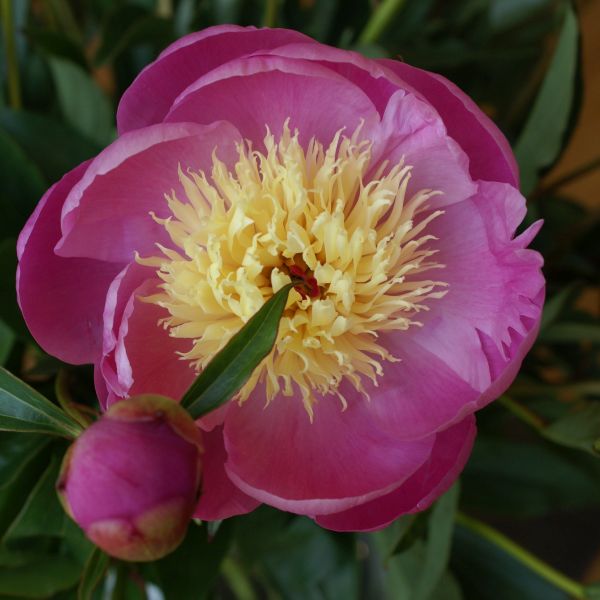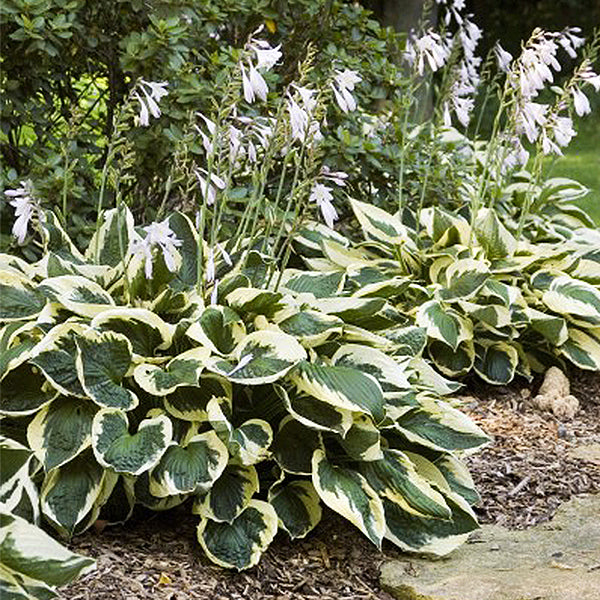8 frost hardy perennials ideal for northern gardens – these plants can survive freezing winters and still come back each spring
This selection of frost tolerant perennials are suitable for gardens in colder climates

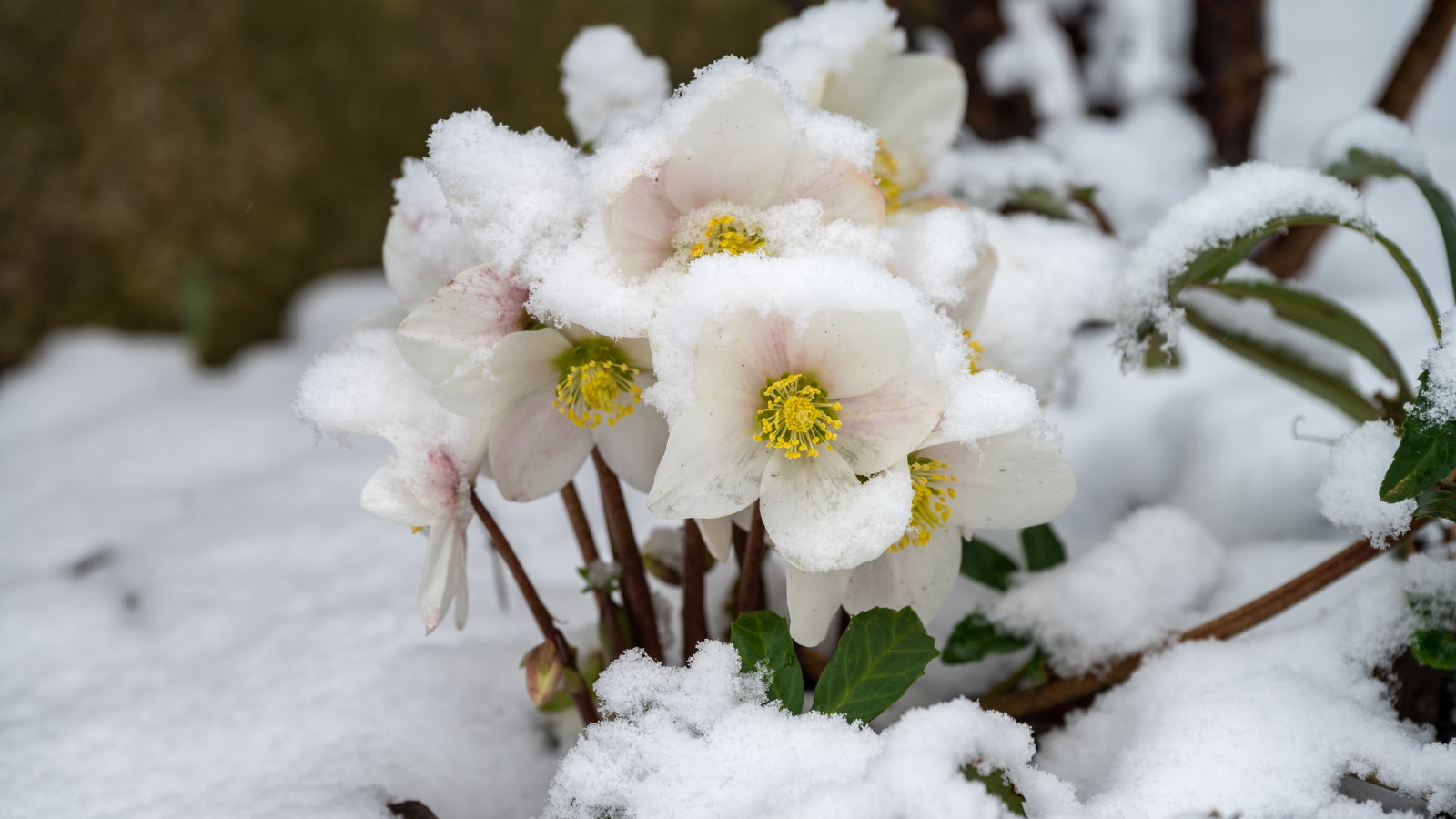
Frost hardy perennials are tough plants that can withstand the winter cold and return year after year with a fantastic display of flowers and foliage. Even if you live in a colder climate, such perennials will endure and come back strong each spring.
Picking the right perennial plants for your climate ensures their ongoing survival. If you garden in northern regions, it can mean a more limited range of plants to pick between for your backyard. However, there is a great selection of frost hardy perennials to add to flower beds or borders.
This guide showcases some of those best perennials for gardening in colder climates. This selection of frost hardy plants can survive winters down to US hardiness zone 2 or US hardiness zone 3.

8 frost tolerant perennials ideal for northern gardens
The following eight frost hardy perennials can flower year after year even in cold northern climates. If you are looking for frost tolerant perennials to add to your flower beds, the following will withstand the harsh rigours of winter and burst into life again in spring.
1. Goldenrod
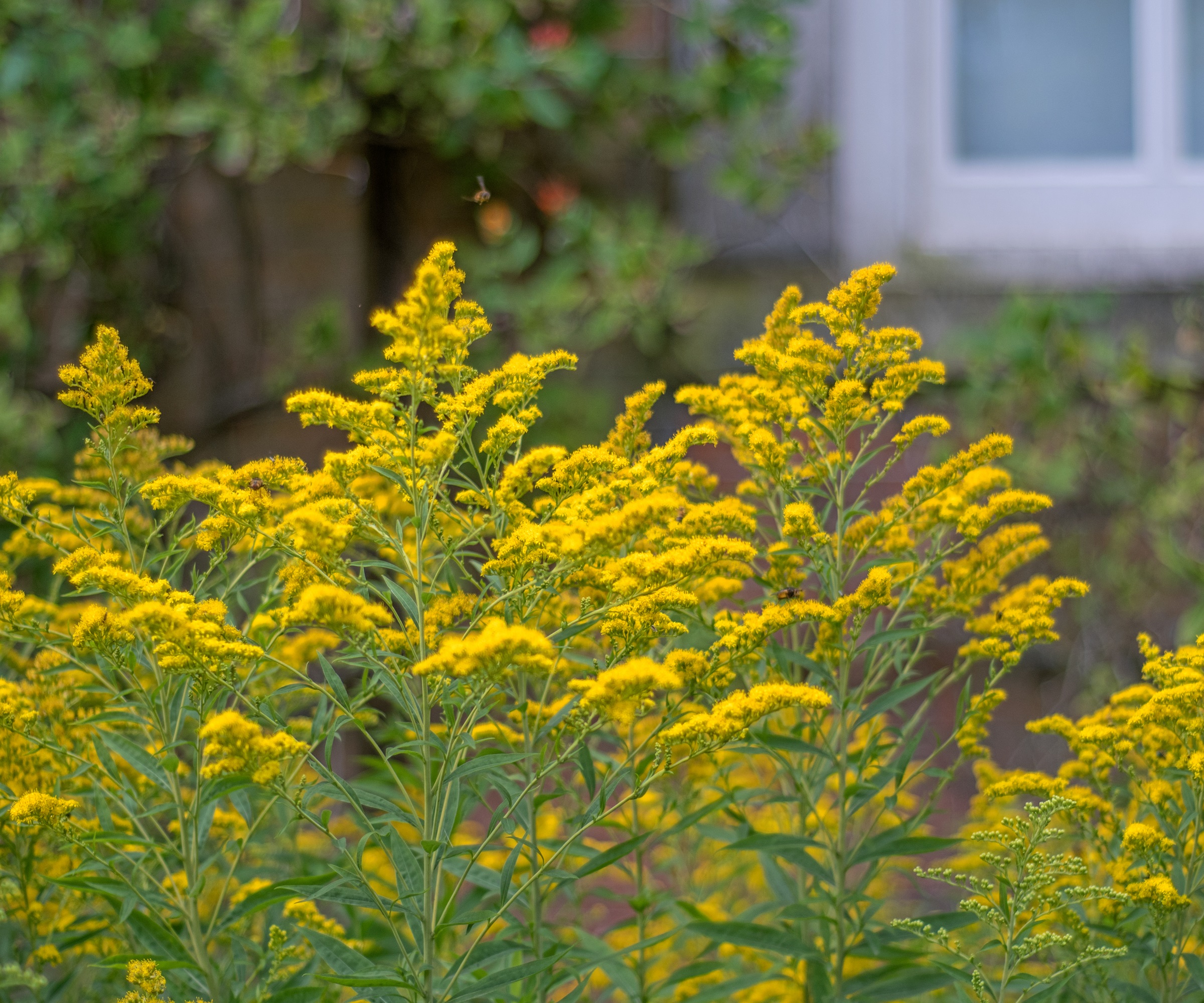
- Suitable for: US hardiness zone 2-8
Goldenrod is a glorious fall-blooming native plant, perfect as a tall perennial flower for the back of a border to attract bees and butterflies in fall to its bright yellow flowers.
Also known as solidago, it is a tough and adaptable plant that can tolerate both cold winters and hot summers. Most varieties of goldenrod are hardy to US hardiness zone 3, but some types can tolerate winters in US hardiness zone 2.
Goldenrod dies back each winter and it is best to deadhead plants after flowering and cut the stems back after the first frosts. While seed heads can feed birds over winter, goldenrods are notorious self-seeding flowers that can spread around the garden.
Design expertise in your inbox – from inspiring decorating ideas and beautiful celebrity homes to practical gardening advice and shopping round-ups.
2. Creeping phlox
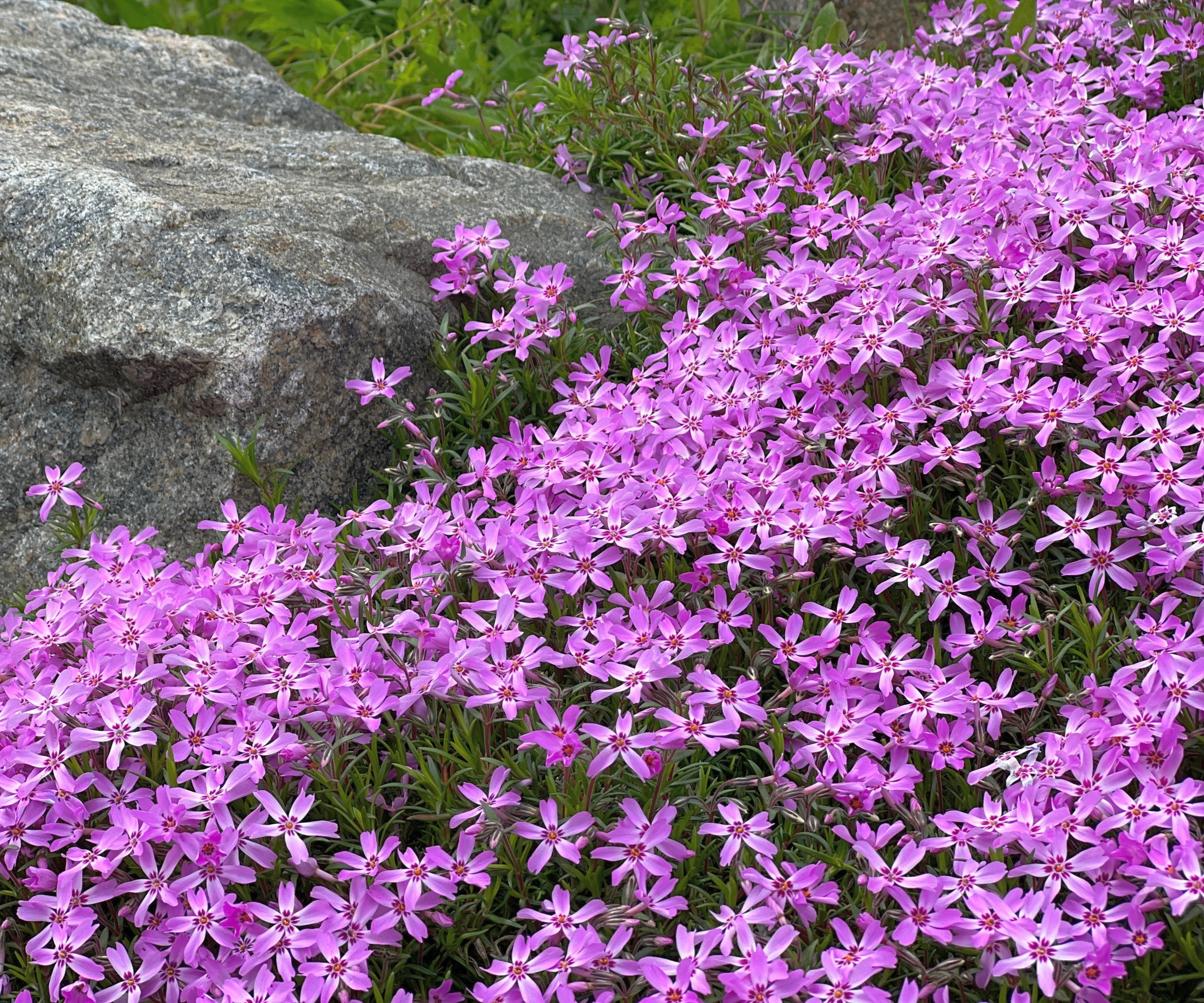
- Suitable for: US hardiness zone 2-9
Creeping phlox is an evergreen perennial that makes a great ground cover plant thanks to its spreading habit. Often seen in rock gardens or edging borders or paths, creeping phlox produces masses of small star-shaped flowers that come in shades of white, pink, and purple.
They may only bloom for a few weeks in late spring, but the creeping phlox flowers are a glorious sight and attract lots of pollinators. Cut back phlox after flowering to maintain the plant’s shape, this also ensures the phlox remains bushy and the center does not get too woody.
3. Drumstick primula
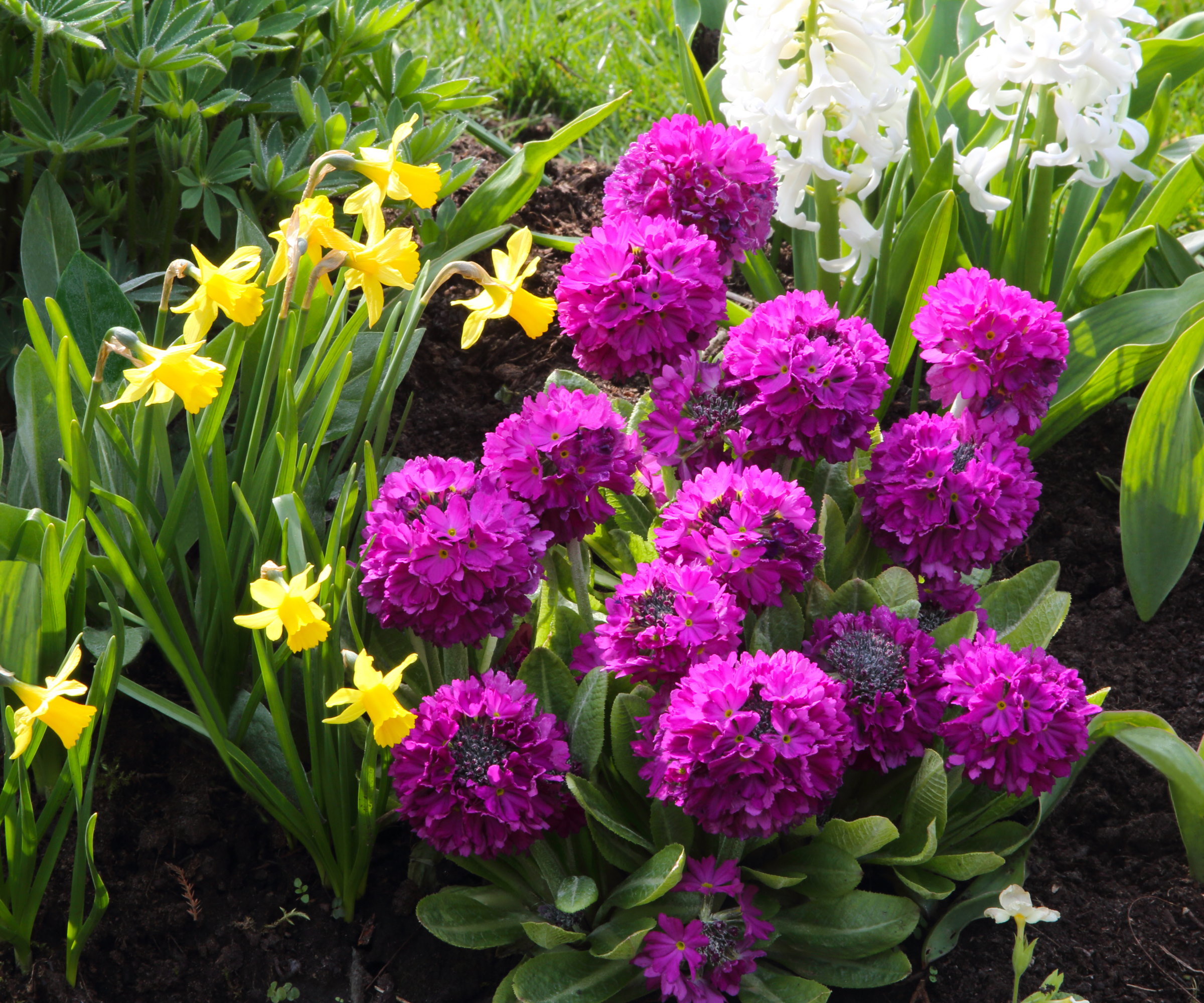
- Suitable for: US hardiness zone 2-8
Primula denticulata, known commonly as the drumstick primula, are reliable perennial flowers native to China and the Himalayas. They are incredibly frost hardy perennials for bright flowers in spring, coming in colors including white, pink, purple, and lilac.
Primulas, also known as primroses, can complement many other spring bulbs. Drumstick primulas like to grow in part shade and will die back each year in the fall, then dependably come back year after year even in northern gardens.
4. Peonies
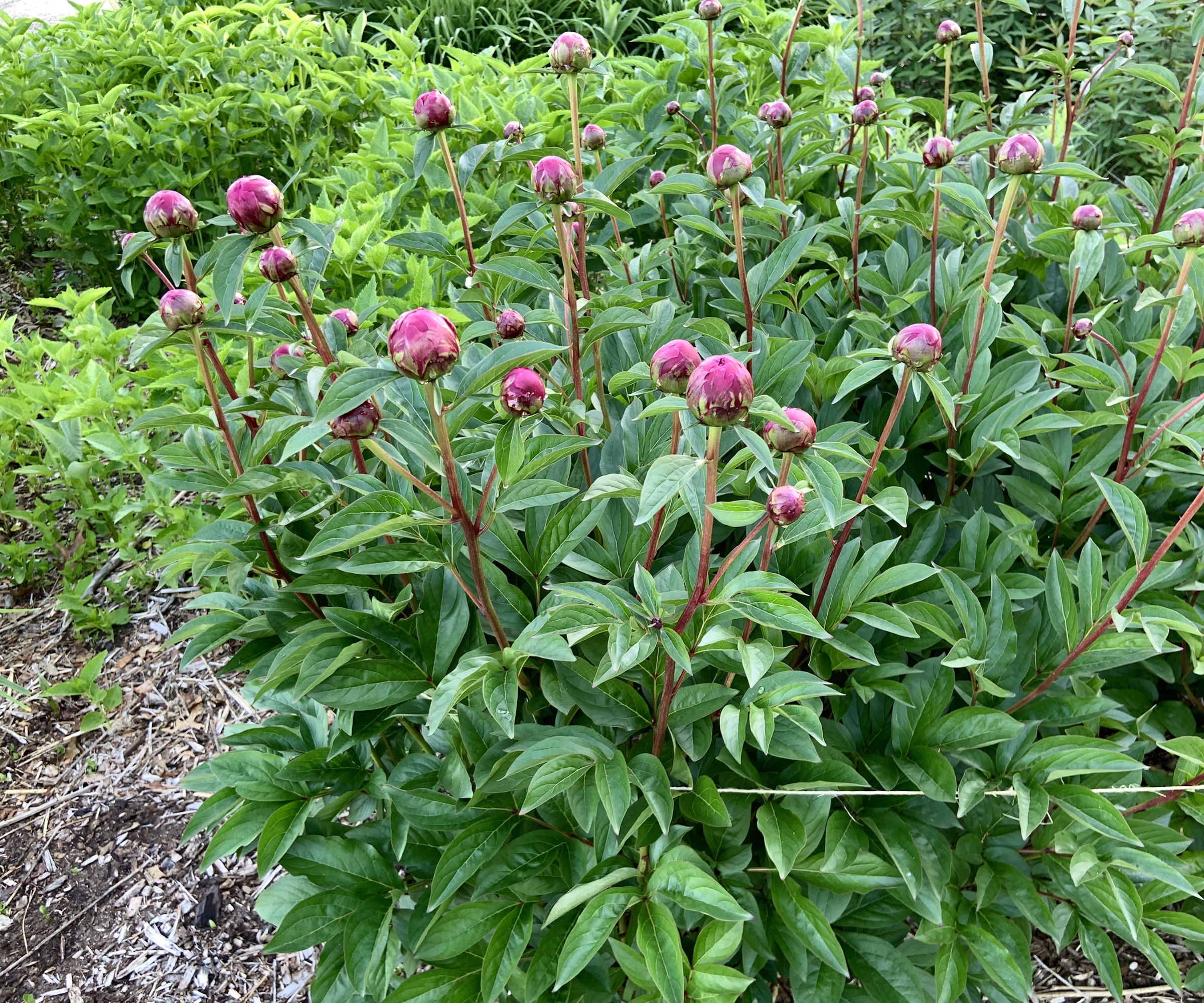
- Suitable for: US hardiness zones 2-8
Peonies are loved for big, showy blooms that come in many forms and colors. Growing peonies is hugely popular among gardeners as they give a dramatic, albeit brief, flowering show in spring to dazzle in flower beds.
Peonies die down for winter but are very frost-hardy perennials that can withstand cold temperatures, making them great choices for northern gardens in colder climates. The recommended practice is to winterize peonies by cutting back the foliage in late fall and mulching around plants to protect the roots.
5. Coneflower
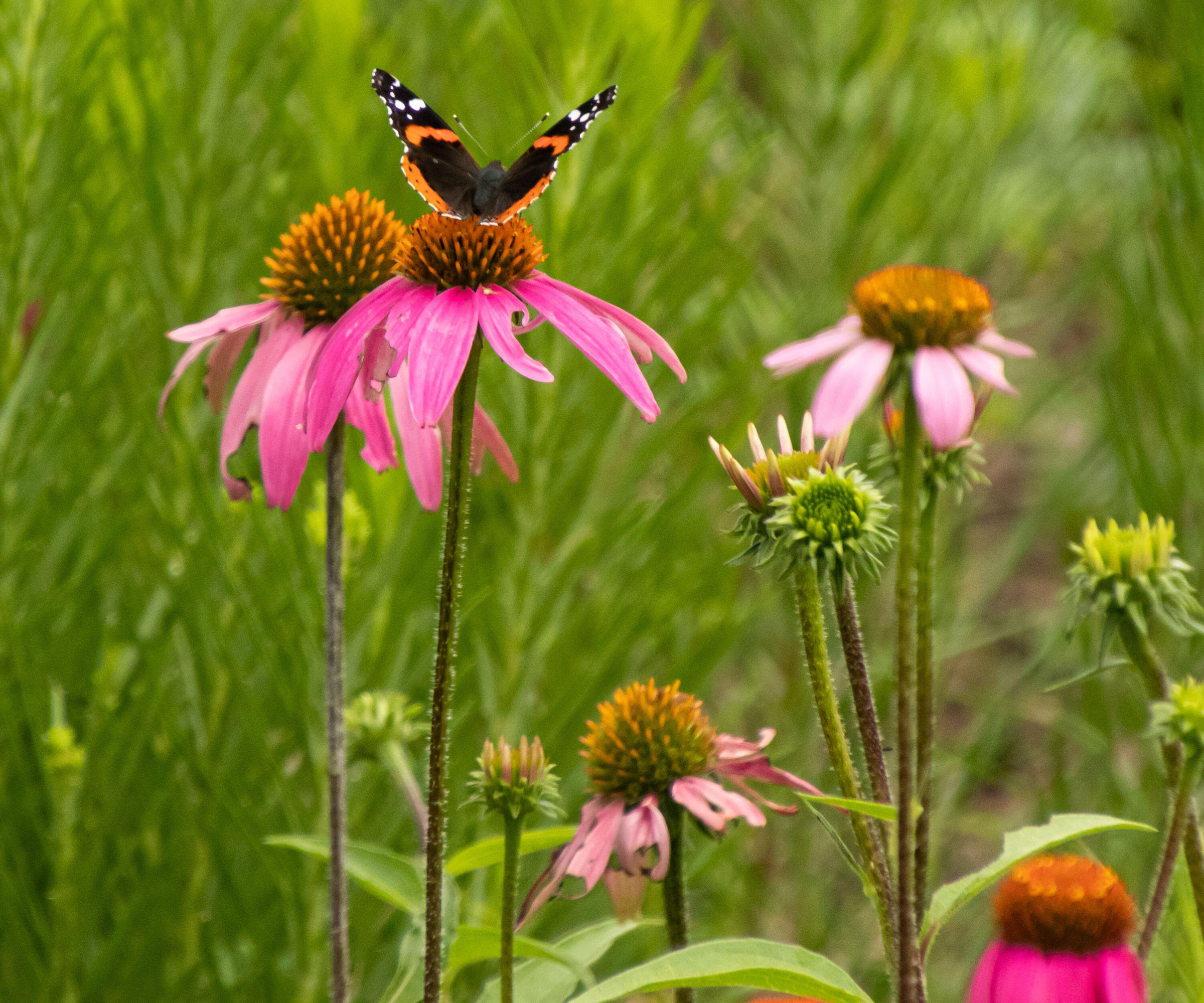
- Suitable for: US hardiness zone 3-9
Coneflowers are American native plants that now come in a variety of forms and colors thanks to modern breeding techniques. Such cross-breeding can impact hardiness, so if you live in a colder climate pick a coneflower variety that is frost hardy - most types are suitable but modern hybrid cultivars may struggle in colder winters. One great type for US hardiness zone 3 and above is the 'Magnus' coneflower variety, available at Burpee, that has large pink flowers.
Waiting and cutting back coneflowers in spring will have two benefits. One is that the dried seed heads provide food for birds during winter. The second is that the stems protect the plant’s crown against the winter colds. Along with mulching, which can insulate roots, leaving the stems in place will help to winterize coneflowers successfully in colder climates.
6. Hosta
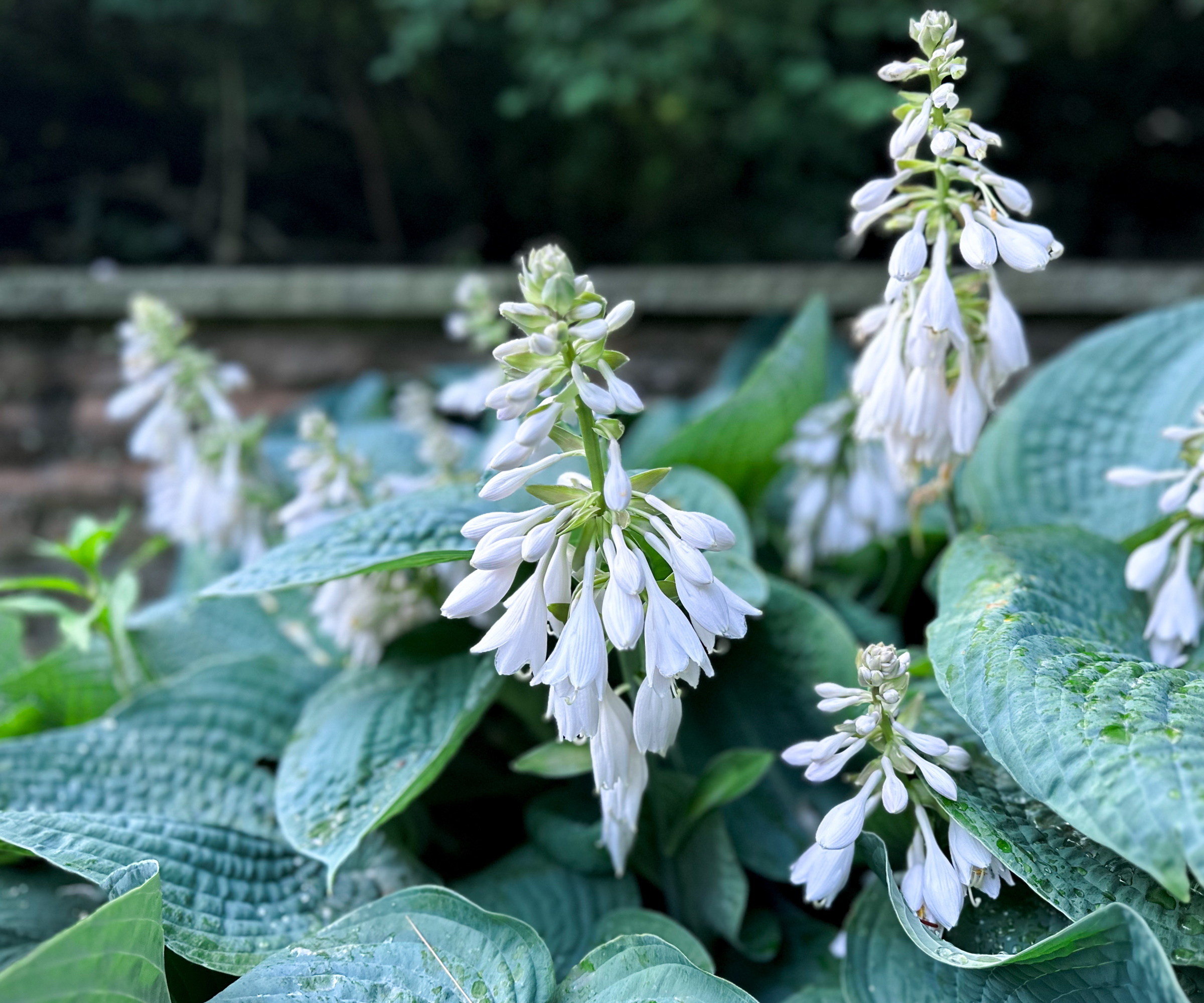
- Suitable for: US hardiness zone 3-9
Hostas are hugely popular shade plants and many varieties of these stunning foliage plants can survive winters down to zone 3.
When growing and caring for hostas, they must have good drainage as cold and wet soil in winter will be more damaging to them than freezing temperatures. You don’t need to cut back hostas in the fall as the foliage naturally decays for winter, but clear away the debris. This prevents slug and snail eggs from overwintering in the old leaves and should be an important part of winterizing hostas.
7. Hellebores
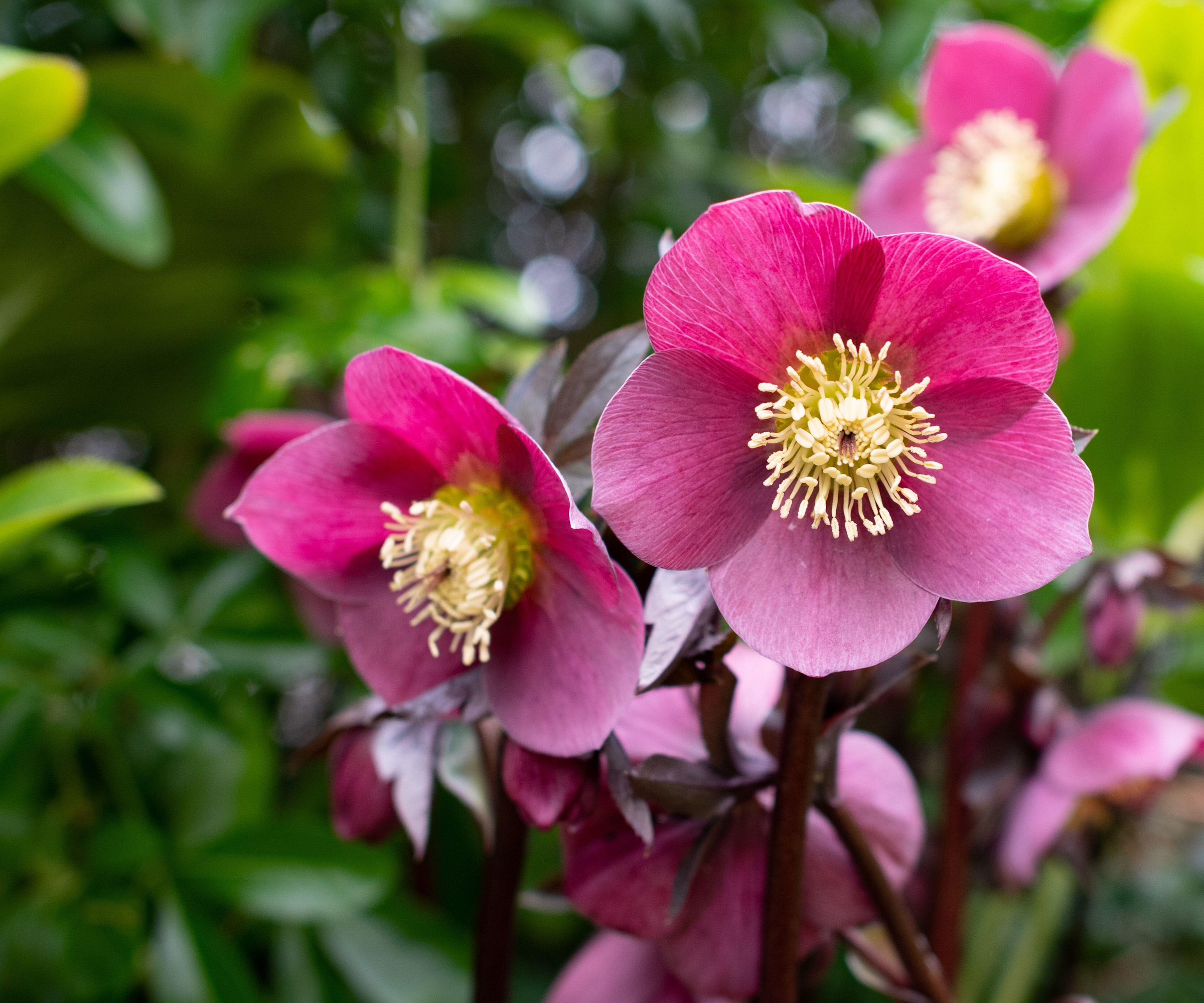
- Suitable for: US hardiness zone 3-9
Hellebores are known for providing pops of color in winter and spring. There are around 20 different species of hellebores and most hellebore varieties are frost hardy perennials that can handle temperatures down to -20°F once established.
Plant hellebores in a shady spot and keep them protected from cold winter winds in colder climates. They are resilient evergreen perennials that need little attention in winter, bar removing diseased or damaged foliage in late fall.
Mulching around plants in preparation for winter can protect roots and help mimic the natural nutrient-rich soil conditions of these woodland plants.
8. Yarrow

- Suitable for: US hardiness zone 3-9
Yarrow, also known as achillea, is a low-maintenance frost hardy perennial and a great plant for pollinators. Perfect for an attractive wildlife garden, yarrow has fern-like foliage and flat flower clusters in shades of white, yellow, or pink atop its tall stems.
Yarrow can overwinter outdoors and does not need extra protection against winter colds. The stems can either be left in place to provide a food source for birds or cut down to prevent damage from winter winds. Even if you cut, only trim back to the basal leaves that can insulate the crown over the colder months. Mulching around plants will also help protect the roots.
Yarrow grown in pots as part of a container garden should be moved indoors for winter, or the pots need to be protected using covers.
FAQs
Are salvias frost hardy?
Salvias are hardy in US hardiness zones 4-9. You can grow hardy, half-hardy, or annual salvias and the frost hardy types of salvias can tolerate temperatures down to 20°F.
Are dianthus frost hardy?
Dianthus are commonly grown as annual plants, however, there are also biennial varieties and perennial dianthus. They are versatile plants for a summer border and can overwinter in US hardiness zone 5 and above.
Are delphiniums frost hardy?
When growing and caring for delphinium plants, perennial types of delphiniums can tolerate cold temperatures and are frost hardy down to US hardiness zone 3.
Are geums frost hardy?
Geums are hardy in US hardiness zones 5-9. The perennials can cope with a frost but may need protection in colder climates.
On top of the frost hardy perennials mentioned above, there are more great options for flower beds in colder climates. Most notably, New England asters and daylilies can also withstand winters down to US hardiness zone 3 and are more than suitable for colder northern gardens.

Drew has worked as a writer since 2008 and was also a professional gardener for many years. As a trained horticulturist, he worked in prestigious historic gardens, including Hanbury Hall and the world-famous Hidcote Manor Garden. He also spent time as a specialist kitchen gardener at Soho Farmhouse and Netherby Hall, where he grew vegetables, fruit, herbs, and cut flowers for restaurants. Drew has written for numerous print and online publications and is an allotment holder and garden blogger. He is shortlisted for the Digital Gardening Writer of the Year at the 2025 Garden Media Guild Awards.

